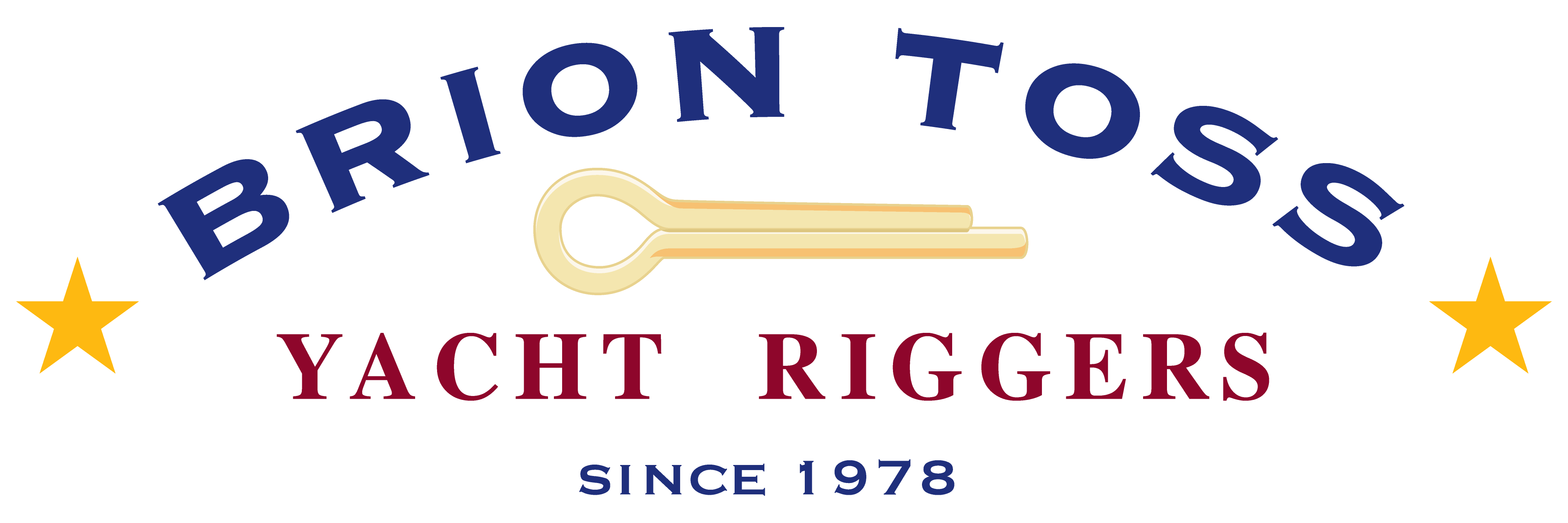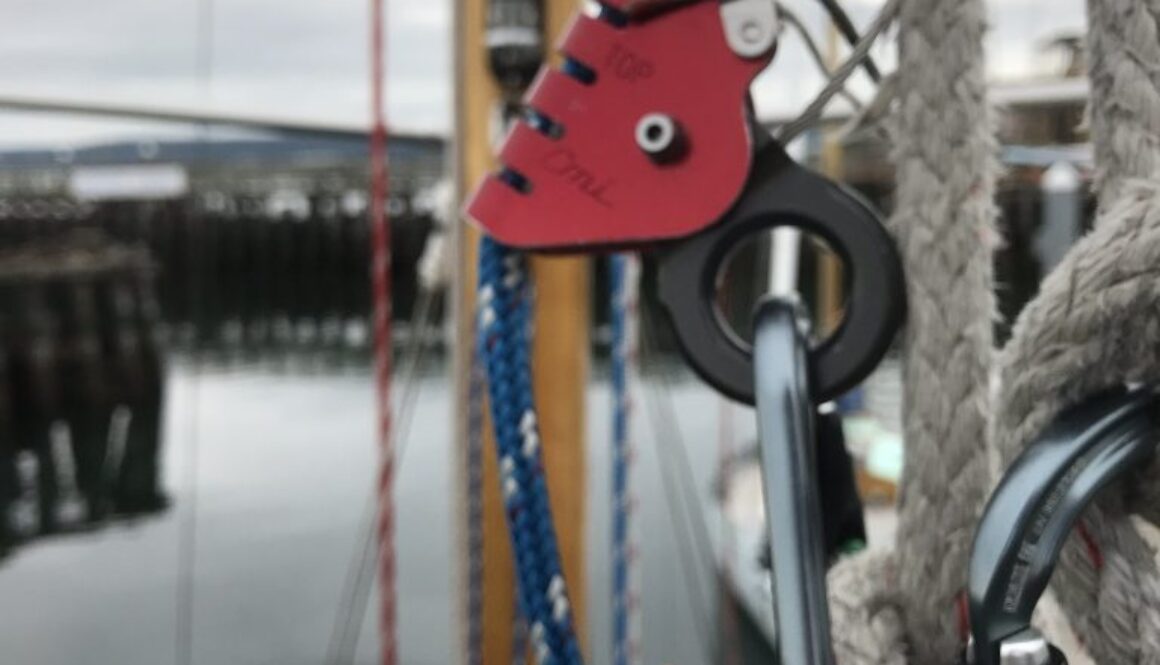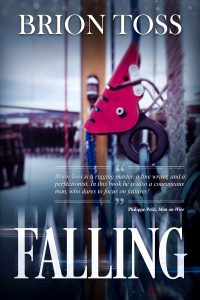Not Falling Far, Part 3: The Ascender
My friend Rose Loper used to be a test pilot, the first woman to hold that job at Boeing. Given the preposterone-heavy demographic of the profession this means that, even more than is usual, she had to be at least twice as good at her job as her male counterparts. If you want to meet someone preternaturally capable and calm, you want to meet Rose.
She is also fun-loving, warm, and adventurous, so naturally she became a sailor. She and her spouse Jannie bought a big Halberg-Rassy cutter, and set out to cruise the world. I met them when they came to Port Townsend for some rigging upgrades, and one of the things they were interested in was gear for going aloft. Rose bought one of our climbing harnesses, and she patiently endured my obsessively detailed lecture on its use: how to adjust it for comfort and security; how to attach halyards to it; how to use the multipurpose tether that is built into it; how to use lanyards on anything that might dent a skull if dropped from on high; and other niceties that we have found make going aloft, if never actually safe, at least not actively dangerous.
We also discussed the merits of the various ways that one can climb a mast. There are numerous methods, and I am about to describe two of them. Bear with me, there is a payoff on all this.
We always go aloft using two halyards: a primary and a safety. I prefer to haul myself aloft on the primary, and have a deck crew tend the safety, but it is also possible to have the deck crew provide the hauling power, leaving the climber to tend their own safety. Rose preferred this method, and I told her that one way to do this task is with a device called an “ascender.” Basically this is a clamp on the rope that is attached to your chair. It slides up a belayed halyard, but won’t slide down. If the primary halyard fails, the ascender grips immediately, which is why in this application it is called a “fall-arrest device.” You are left dangling up there, and will need to figure out a way to get to deck, but things could be worse.
While ascenders work automatically on the way up, most of them require tending on the way down. This was the case with this ascender, and this is where Rose got into trouble. The clamping mechanism is spring-loaded, and you can easily overcome the spring simply by squeezing a projecting piece on the side of the ascender. Now you can come down, and if the primary fails, all you have to do is to let go. The spring snaps the cam onto the rope, and there you are, safely dangling. Sounds easy, right?
So yes, Rose went up her mast to do some maintenance, with the ascender automatically tending itself on the way up. And yes she held it open while Jannie lowered her back towards deck. And yes Jannie had a brief moment of imbalance, and the halyard popped off the outboard end of the winch that the rope was on, and suddenly Rose was in freefall.
This is where it helps to have been a test pilot. As time slowed to the proverbial crawl, Rose looked over at her hand, and said to herself, “Brion told me I have to let go.” And she did. It all happened in an instant, she only fell a very short distance, so no massive jolt when she fetched up, no harm was done. But it took a conscious, non-panicking, steel-nerved act of will to open her hand.
The reason that it was so hard to let go is that our arboreal ancestors gifted us with a powerful reflex: if you start to fall, you grab the nearest object and hang on for all you are worth. This reflex is one of the reasons we still exist as a species. It is a good reflex. You want to have this reflex. Unless of course the thing that you are hanging onto will kill you if you don’t let go of it. There are numerous sad stories about people who just couldn’t manage to let go. There is a metaphor in there somewhere.
This was the third part of the three-part “Not Falling Far” series. To see part 1, “The Flag,” click Here To see part 2, “The Bounce Test,” click Here.
Enjoy the story? Looking for more? You’re in luck! “Falling,” which in includes all three of these stories along with other tales from aloft, both thrilling and amusing, is now for sale on Amazon.com in handy e-book form! Or click here to get it on Apple iBooks!
From dropped tools to collapsed towers to near-fatal falls, the litany of accidents and near-accidents is long… and the sometimes miraculous outcomes are both instructive and thought-provoking.
Not a technical manual, “Falling” is nonetheless a must-have companion in the library of anyone working at heights.
To immerse yourself in dozens of stories and puzzles, as many of you seem to be doing, scroll your way through our Blog.
And if you are looking for superlative rigging gear, including books and videos, our online Store awaits you.
Oh, and our most recent puzzle, Recirculating Purchase, got more than twice as many hits as our previous one-day record. If you are looking for a good puzzle, this one might be for you.
Fair leads,
Brion Toss



